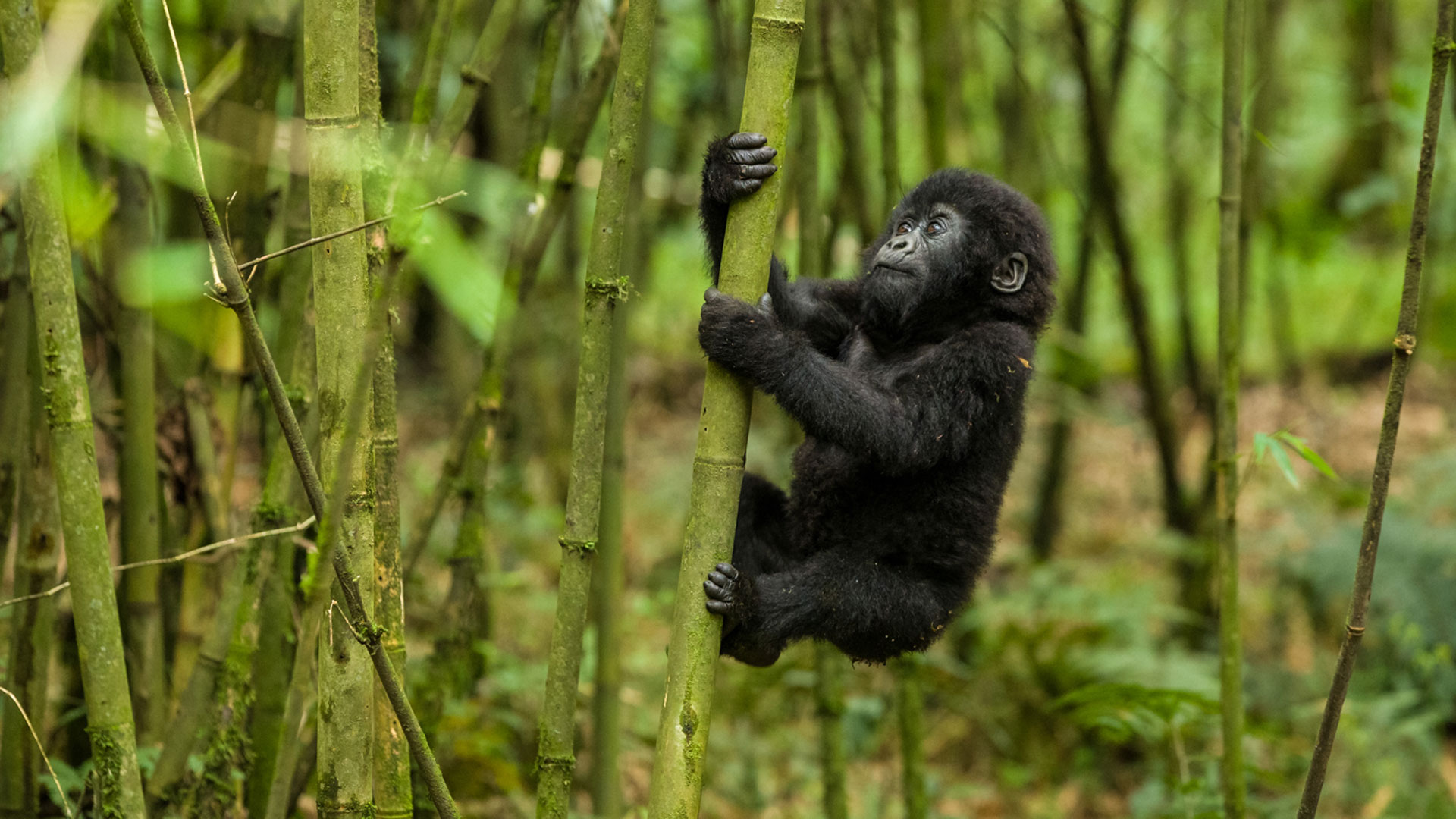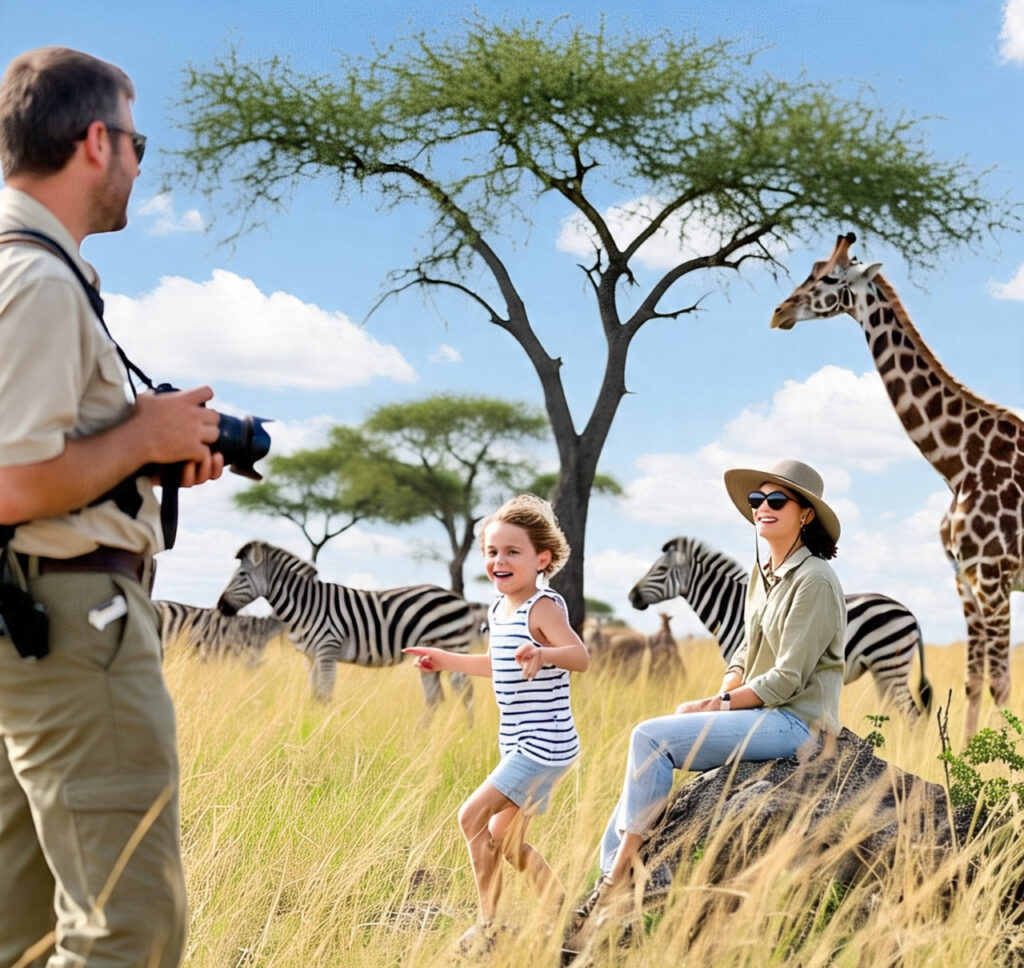Who Knew Climbing Trees Was a Lesson Lions Have to Undertake?
When we picture lions, we imagine them prowling the savanna or lounging on sunbaked rocks—not perched high in the branches of a fig tree like an overgrown housecat. Yet in Uganda’s Ishasha sector of Queen Elizabeth National Park, tree-climbing lions defy expectations, turning acrobatics into a survival strategy. But here’s the twist: climbing doesn’t come naturally to these big cats—it’s a learned skill passed down through generations, proving that even kings of the savanna must adapt to stay on top.
The Classroom in the Canopy
Unlike leopards—born with the instinct to scale trees—lions aren’t built for climbing. Their muscular, heavy bodies and blunt claws make ascending a hard-earned skill. Cubs in Ishasha begin their arboreal education early, watching their mothers navigate the branches before attempting their own tentative climbs. The first efforts are comically clumsy: paws slipping on bark, uncertain growls, and undignified tumbles into the grass. But persistence pays off. Over time, they master the art of shimmying up trunks and distributing their weight across branches—less like nimble primates and more like determined, if slightly ungainly, conquerors of gravity.
Why Risk the Climb? Survival Has Its Reasons
So why would a 400-pound predator trade solid ground for a shaky perch? The reasons reveal nature’s ingenuity:
Escape from Biting Tsetse Flies: Ground-level insects plague lions, but treetops offer a breezy refuge.
A Vantage Point for Hunting: Elevated views help spot prey—or rival prides encroaching on territory.
Cooling Off: Savanna temperatures can soar, and branches provide shade with better airflow than the stifling grass below.
Avoiding Grumpy Buffalos: Herds of Cape buffalo won’t hesitate to charge lions, but they can’t follow them into the trees.
The Tree-Climbing Capital of the Lion World
Ishasha’s lions are among the few in Africa to exhibit this behavior consistently. Scientists believe it started generations ago as a cultural adaptation—knowledge passed from lioness to cub, much like hunting techniques. Today, spotting a pride draped over fig-tree branches—some lazily dangling a paw, others snoring mid-nap—is one of Uganda’s most surreal wildlife spectacles.
A Lesson in Adaptation
These lions remind us that even apex predators must evolve. Climate shifts, human encroachment, and competition force animals to innovate—whether it’s learning to climb or switching prey. For visitors, witnessing this behavior is a masterclass in resilience: proof that survival isn’t just about strength, but the willingness to try something new.
















